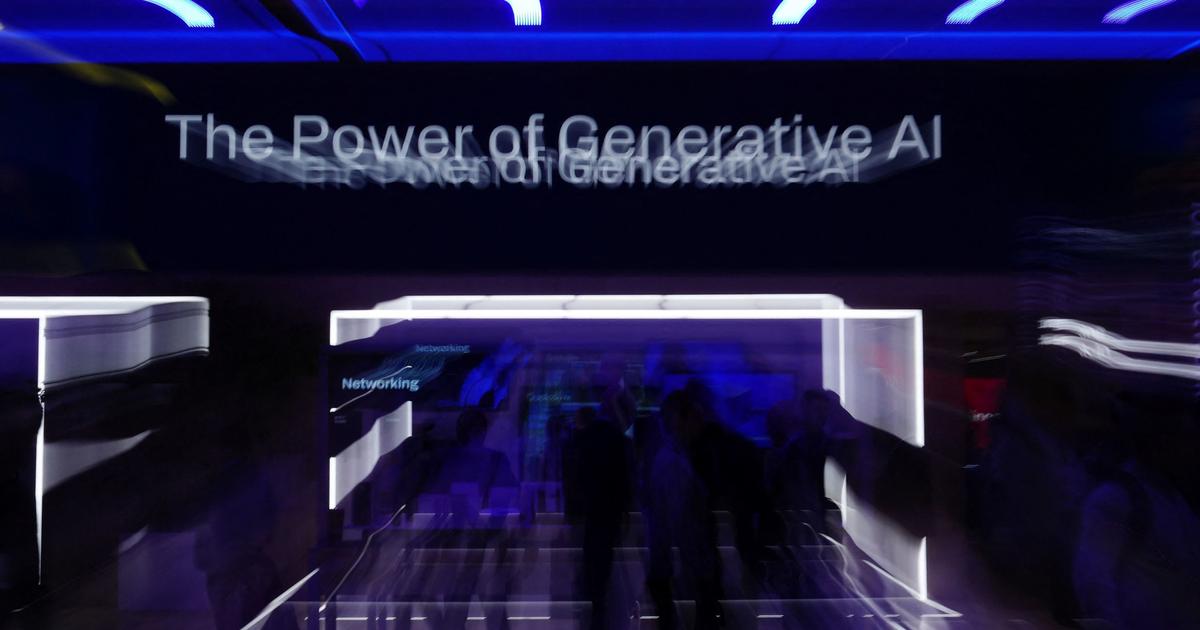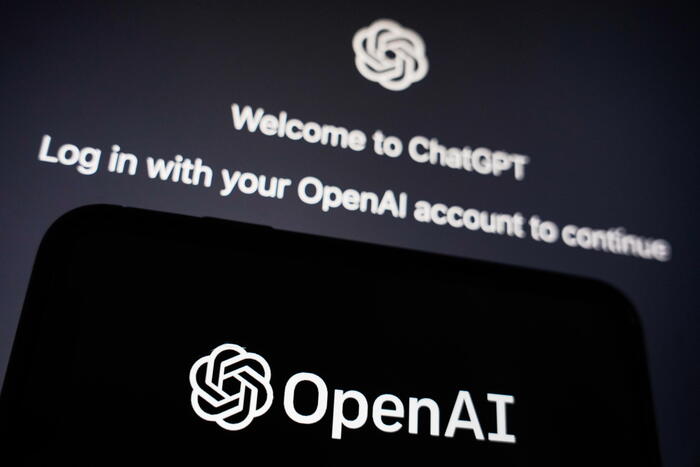It is a challenge with protein shots between the giants of artificial intelligence.
After the success achieved by the British company DeepMind of Google in predicting the 3D structure of almost all proteins known to science (over 200 million) thanks to the AlphaFold algorithm, now it is the turn of Meta, which announces that it has foreseen the structure of over 600 million proteins of microbial origin never characterized so far, a sort of 'dark matter' of biology: it did so thanks to the ESMfold algorithm, which is 60 times faster but for the moment less precise than AlphaFold.
The result is accessible on the bioRxiv website, which collects the articles not yet screened by the scientific community.
Meta researchers used an artificial intelligence model that is already applied in various linguistic activities because it is able to predict a text starting from a few letters or words.
Usually these models are 'trained' using a lot of texts.
In this case, however, already known protein sequences were used, formed by the combination of 20 amino acids, each represented by a letter.
The system therefore learned to automatically complete the protein sequence as a text starting from a few known amino acids and to use it to determine the 3D structure of the protein.
As a test bed, it was decided to use DNA sequences recovered from different sources such as soil, sea water, human intestine, skin and other habitats of microorganisms.
Most of the DNA sequences used came from organisms that had never been grown in the laboratory and that were essentially unknown to science.
In total, more than 617 million protein structures were predicted in just two weeks: over a third of these forecasts should be of high quality and therefore very reliable.
The results are public and freely accessible, as is the code behind the artificial intelligence model.









